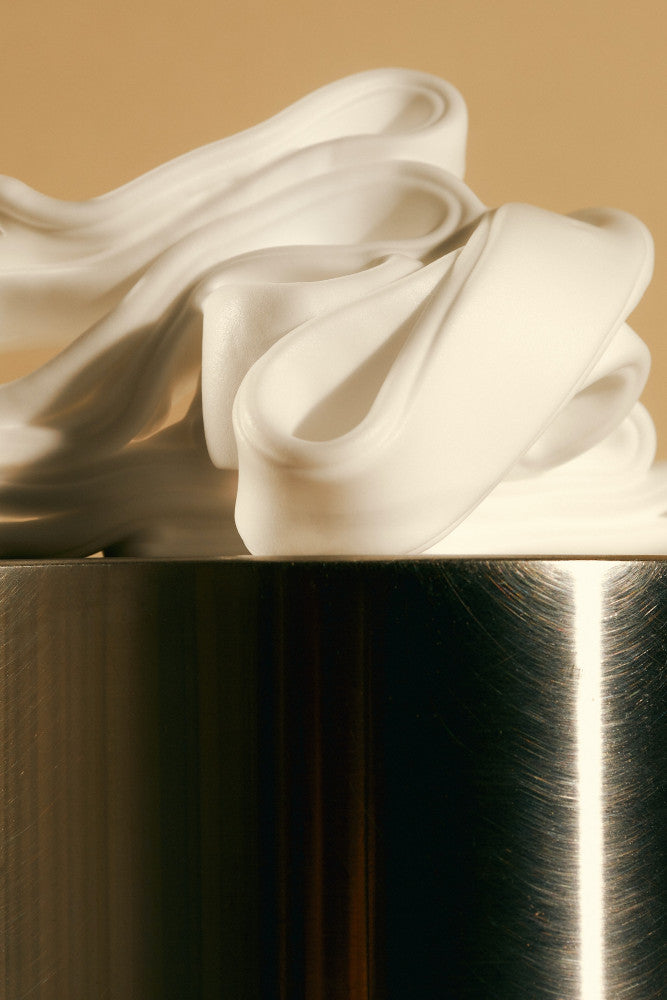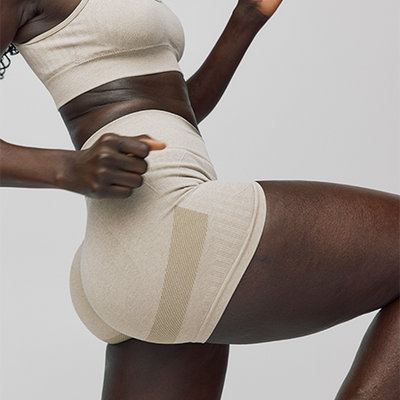

What is Uterine Prolapse?
Prolapse is a medical condition where an organ or structure of the body drops or protrudes from its usual position. This can occur in various parts of the body, including the uterus, bladder, and rectum. If you’re worrying about your menstrual cup and prolapse, it’s likely a uterine prolapse you’re concerned about.There are 3 different degrees of uterine prolapse:
1. The cervix drops mid-way into the vaginal canal.
2. The cervix drops all the way to the entrance of the vaginal canal.
3. The cervix sticks out of the vaginal canal.
Prolapse can cause a range of symptoms such as pelvic pain, urinary incontinence, recurrent urinary tract infections, constipation, and discomfort during intercourse.
Can Menstrual Cups Cause UTI?
Can menstrual cups cause UTIs? Not necessarily, as long as you're practising proper cleansing and care. But recurrent UTIs may be a sign of prolapse. Prolapse usually develops as a result of age, childbirth, and/or genetics.If you are someone who has a 2-3 degree uterine prolapse, it is not recommended that you use a menstrual cup.
Best Menstrual Cup for Prolapse
DIVA Cup users are not more likely to suffer from uterine prolapse, but if you have a diagnosed prolapse, switch to pads and tampons and begin work with a pelvic health physiotherapist. Menstrual discs are also great options for use with pelvic floor disorders or low-lying cervixes.Benefits of Kegel Exercises for Women and People with Vaginas
Pelvic floor physical therapy exercises are a great way to prevent or treat prolapse. Regular exercises, such as Kegels, can help strengthen the pelvic floor muscles and ligaments that support these pelvic organs. These exercises involve both contracting and relaxing these muscles.The challenge is learning to isolate these muscles. Work with a certified pelvic floor physiotherapist if you’re struggling to isolate the correct muscles. Performing Kegel exercises correctly is very important. The pelvic floor muscles can sometimes be confused with the abdominal muscles but should be isolated independently from these muscles.
Relaxation is Part of the Strengthening Process
Relaxing the pelvic floor muscles through deep diaphragmatic breathing is as important as learning to isolate and contract them. A healthy, toned and responsive pelvic floor must be able to both contract and relax.With your knees bent and, on the floor, drape your body forward, hands reaching out across the floor—this is child’s pose—engage in deep breathing, focusing on inhaling down into the vagina and anus.
Just like any other muscle in the body, the pelvic floor muscles require gentle and regular conditioning. However, it doesn’t have to be strenuous. These muscles respond quite instinctively as we go about daily activities, as we sit, stand, walk, run, or jump.
Don’t hesitate to reach out to a local pelvic health specialist if you are experiencing any pelvic health irregularities or challenges—they are a wealth of knowledge on all things pelvic and menstrual health!
Getting in touch with your pelvic health is always a good idea. And by using a menstrual cup (or disc!) you can do that safely and comfortably without any fears of prolapse—pelvic health specialist guaranteed.























